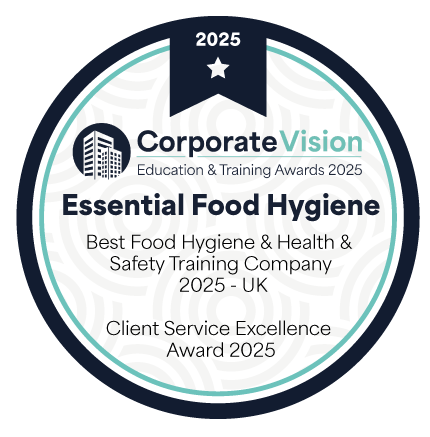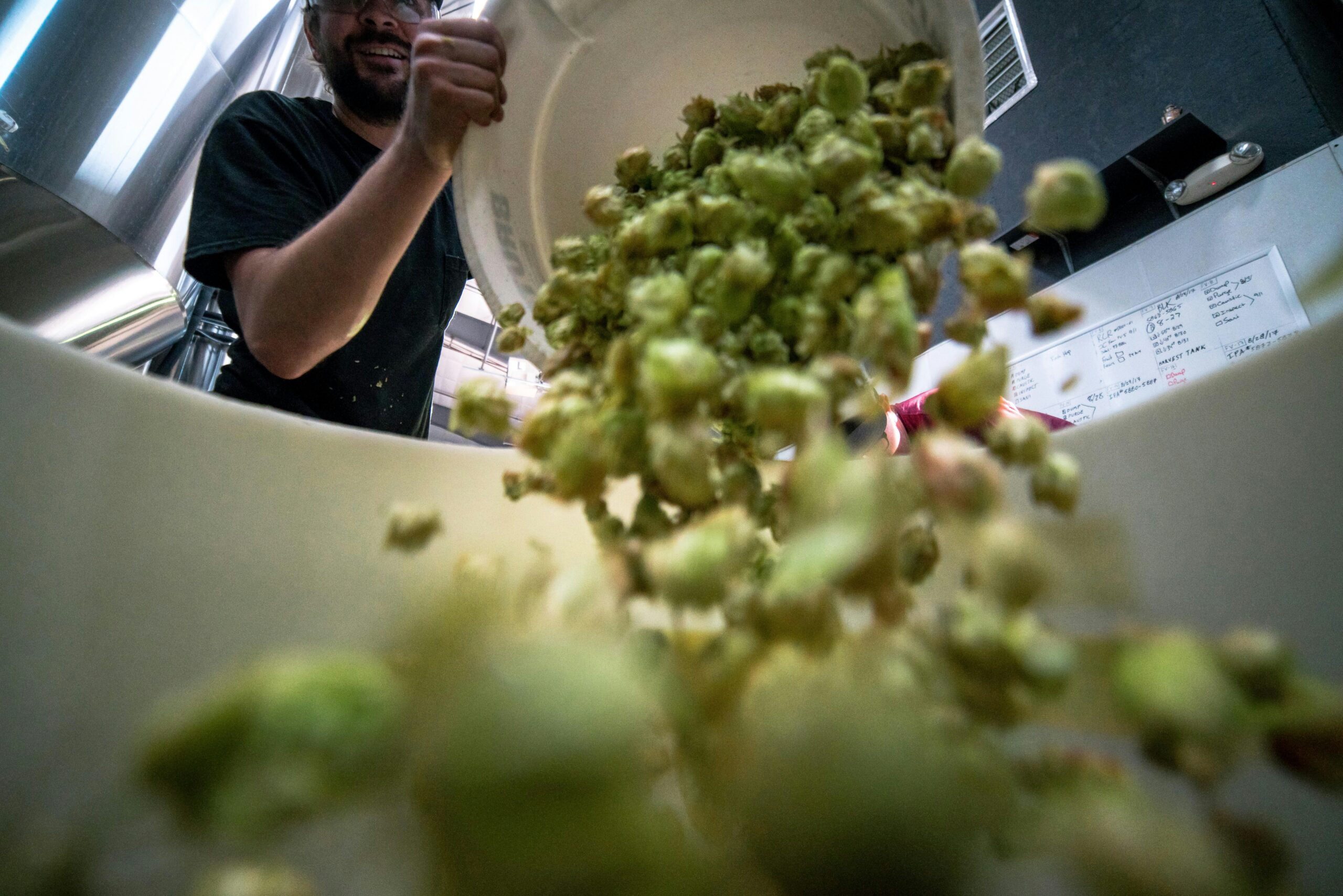Essential Food Hygiene Wins Best Food Hygiene & Health & Safety Training Company 2025 – Three Years in a Row!
We are delighted to announce that Essential Food Hygiene has been named Best Food Hygiene & Health & Safety Training Company 2025 – marking our…












